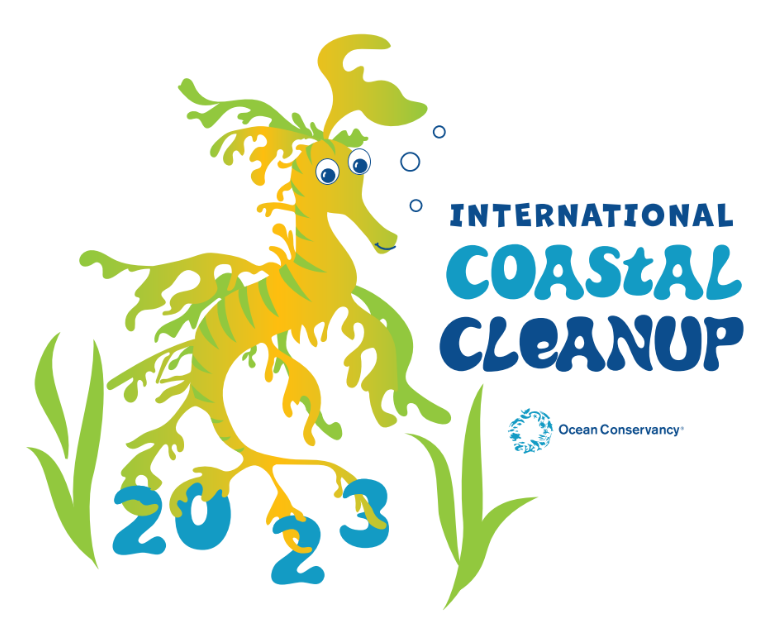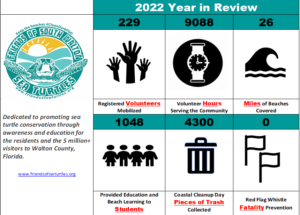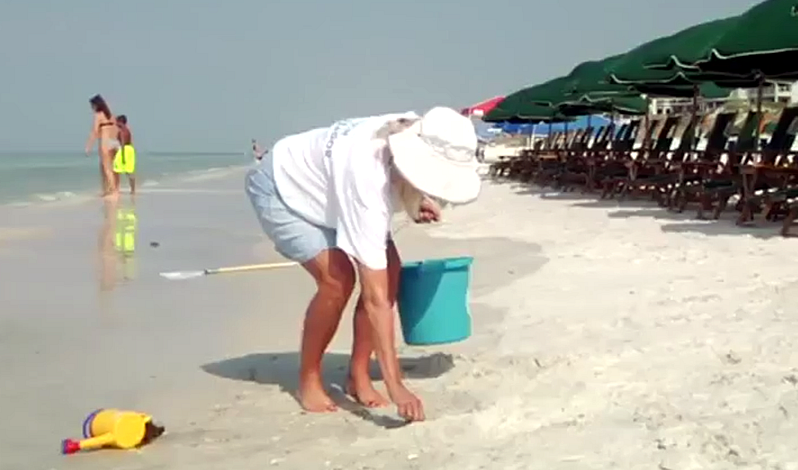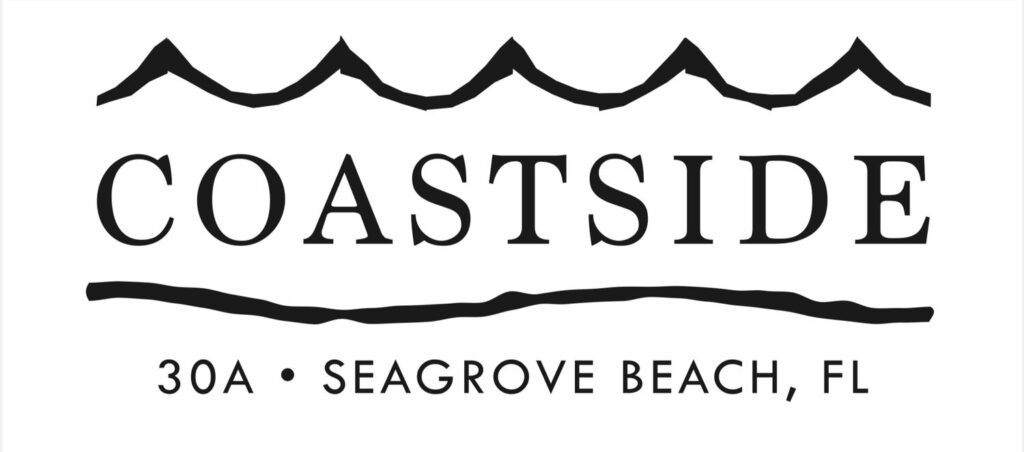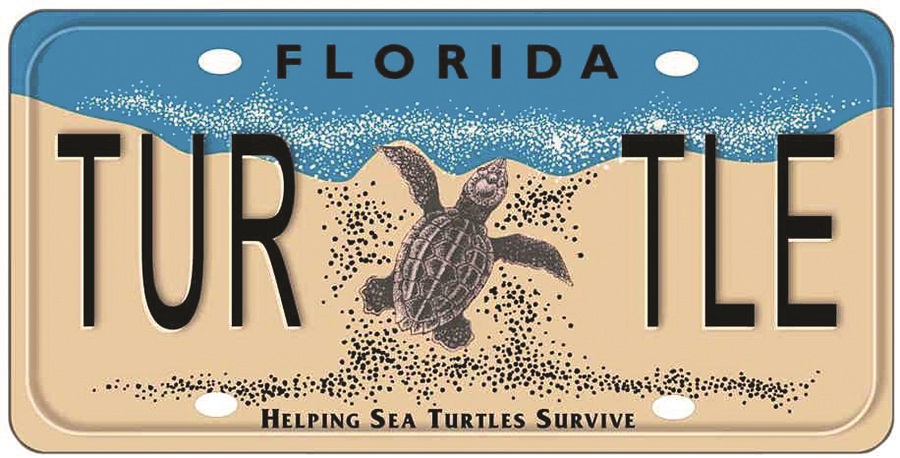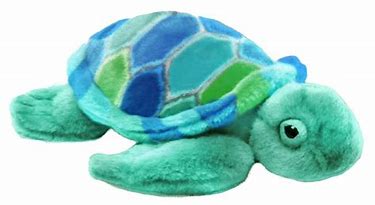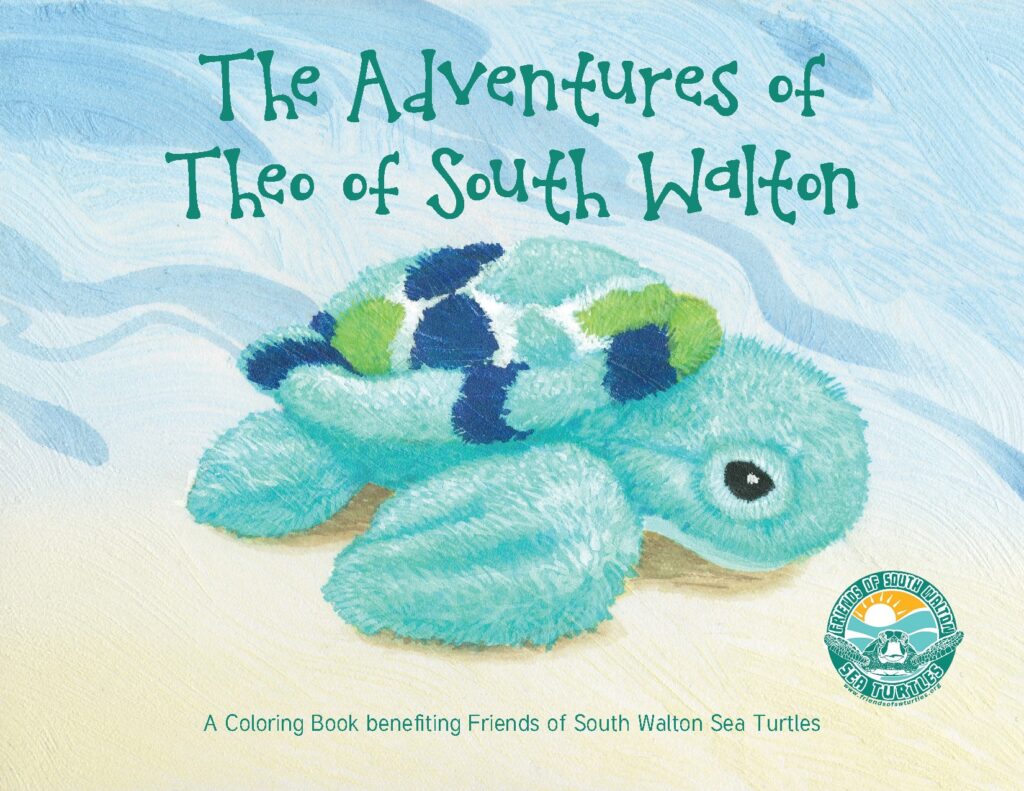Turtle Talk: Holes
Human beings seem to have a love-hate relationship with holes.
We hate holes in our socks and holes in our roofs. But we love donut holes and holes in swiss cheese.
We sing about the tragedy of a hole in our bucket, and yet we can’t resist peeking through a hole in a fence.
This fascination with holes, both good and bad, is never more evident than when families visit the beach. This holds especially true of our beaches in South Walton which are made of soft, white, deep sand.
Kids and adults alike can’t resist digging into that sugary goodness along the waters edge. I’ve seen grown-ups chatting and sipping drinks while they dig their feet deeper and deeper into the sand. Sometimes they’ll get quite a hole dug as they gossip
And the children.
Good heavens, they seem to have a limitless supply of energy when it comes to digging holes. The same kids who can’t focus on homework for more than 10 minutes can work on the same hole in the sand for hours. They usually recruit other kids, families, even people they’ve never met to help make the edges perfectly smooth and the depth nearly to China. There’s something about a hole that’s just irresistible.
But here’s where the hate part of the relationship comes in. After digging that beauteous masterpiece of a hole, folks are often hesitant to fill it back in. For one thing, it took so much work. And it represents teamwork and all the fun of a great beach day. Besides, after a full day in the sun, everyone is usually tired, hungry and sunburned. Filling in a ginormous hole would just be too exhausting.
So here’s what happens next, hole lovers. For one thing, once the sun goes down, our beaches are very dark. People strolling along the sand at dusk don’t always see holes until they’ve taken a tumble. There’s nothing like a sprained ankle to ruin a vacation.
But even more concerning to the Friends of South Walton Sea Turtles is the harm a simple, albeit beautiful, hole can cause to the turtles.
Turtles belong on the beaches. It’s part of their natural habitat. Sea turtles often travel miles and miles to return to same beach where they hatched in order to lay their eggs. They have every right to a smooth, flat, natural surface they can maneuver on.
And since sea turtles are built to swim, their flippers are very awkward on land; the only time they come ashore is to nest. Even the smallest hole or man-made pile of sand can impede them. It can confuse the mama turtles and cause them to turn around with their eggs unlaid. This can be dangerous to their health and the health of the baby turtles. They can also fall into a large hole and their flippers aren’t strong enough to help them climb out. That happened last year, and it took several strong people to help the poor turtle out of a deep hole on the beach. Her head was stuck in the sand and she almost suffocated.
There’s nothing wrong with playing in the sand, making sand castles, and digging holes. But everyone should leave the beach as pristine and smooth as they find it.
Maybe families can make hole fill-in a fun part of their beach clean-up. It’s a valuable chore and one that most kids would love to take care of. Make it a game. See who can kick in the most sand! Who gets to knock over the mermaid beach sculpture?! It only takes a minute, people. And if you’re not a hole-digger personally, please fill in any holes you happen to see as you’re taking that sunset stroll.
Those holes we love to create can do a lot of damage to innocent and helpless sea creatures. We’re playing in their backyard.
Let’s keep it safe for them.
By Elaine Parrett
